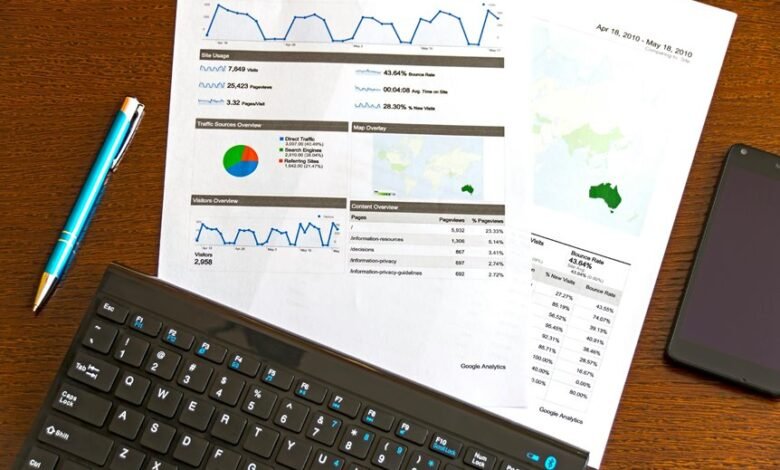570035888 Comparing Data Vs Voice Usage Trends

The analysis of data versus voice usage trends reveals a paradigm shift in communication preferences. Increasing reliance on mobile data, fueled by messaging applications and digital assistants, highlights a growing inclination toward data-driven interactions. This shift raises questions about the future relevance of voice communication in everyday life. As technology progresses, understanding these evolving dynamics becomes crucial for developing effective communication strategies. What implications might this have for both consumers and service providers?
Overview of Current Data and Voice Usage Statistics
The landscape of telecommunications has undergone significant transformations, particularly in the realms of data and voice usage.
Mobile data consumption has surged, reflecting a growing reliance on internet-based services, while traditional voice applications have seen a decline.
This shift indicates an evolving communication paradigm, where users prioritize data-driven interactions over conventional voice calls, highlighting the dynamic nature of modern telecommunications.
Shifts in Consumer Preferences: Data Vs Voice
A notable shift in consumer preferences has emerged, with many users now favoring data-driven communication over traditional voice calls.
The increasing texting popularity reflects a desire for convenience and flexibility. Additionally, the rise of voice assistants has further influenced this trend, as users leverage these technologies for quick interactions.
Consequently, voice communication is increasingly perceived as less essential in daily interactions.
Impact of Technology on Communication Trends
As technology continues to evolve, its influence on communication trends becomes increasingly pronounced.
An impact assessment reveals that advancements in digital platforms have shifted preferences from traditional voice communication towards data-driven interactions. This evolution fosters greater connectivity and accessibility, enabling individuals to communicate freely across diverse mediums.
Understanding these trends is essential for adapting to the ongoing changes in societal communication practices.
Future Predictions for Data and Voice Usage
How will the balance between data and voice communication evolve in the coming years?
Future innovation will likely favor data usage as market dynamics shift towards digital communication platforms.
Voice calls may diminish, overtaken by messaging apps and video conferencing tools.
As user preferences evolve, the demand for seamless data experiences will redefine communication strategies, emphasizing efficiency and accessibility in both personal and professional interactions.
Conclusion
In conclusion, the prevailing trend towards data-driven communication underscores a transformative shift in user preferences, moving away from traditional voice interactions. This evolution, propelled by advancements in technology and the rise of messaging platforms, suggests that future communication strategies must prioritize data experiences to remain relevant. As reliance on voice diminishes, understanding these dynamics will be crucial for businesses aiming to engage effectively with their audiences in an increasingly digital landscape.




